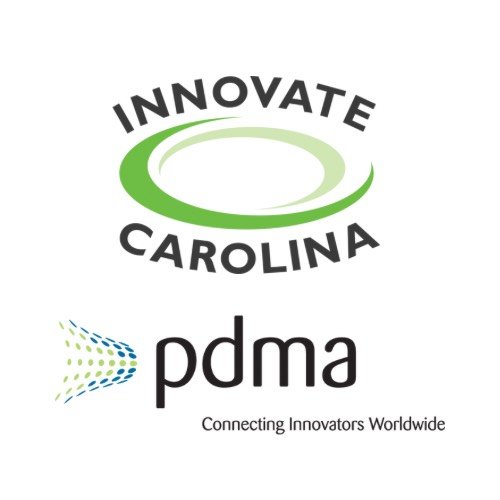What can a book over 20 years old tell us about innovation today? What can a book that focuses on understanding how the future will unfold assist us with building better products now? If you haven’t read the book The Art of the Long View, let me recommend that you pick it up.
One of the reasons I recommend this book to our clients is that the future is arriving at a pace faster than we can anticipate, and with changes and disruptions we often aren’t prepared for. The Art of the Long View helps innovators, product managers and executives begin to understand the potential changes that are likely to emerge, and to make sense of them and place those changes into context for their products, and their businesses.
Understanding the future is vital for anyone in a product development or product management role. No matter how good your ideas are today, in most corporations it takes months, often years, before that good idea is released as a new product or service. Meanwhile, the market continues to change. New competitors enter the space. Business models change. Customer segments emerge. It’s often the case that by the time a new product is actually released, some of the rationale for it has disappeared, and new needs or demands are emerging the new product wasn’t intended to solve.
The Art of the Long View has the tools and methodology to help. Its focus is on trend spotting and scenario planning, something we think is vital for innovation success. Understanding the current needs is important, but understanding how needs, customers and markets may change makes your innovation work more successful and more likely to sustain value for a longer period of time. How do you use trends and scenarios to help create new products? There is no magic bullet, but fortunately through The Art of the Long View and some committed team members any innovation project can become much more informed about how markets may change.
The first activity that’s necessary is trend spotting. Trends are simply changes that will impact your customer base or market environment over time. They could be technology trends, which is the trend that most of us are familiar with, but they could also be demographic trends, economic trends or political trends. Identifying and evaluating shifts in a number of different categories helps understand the key drivers of change.
Once you’ve identified trends that are important, The Art of the Long View walks you through the concept of building a scenario. Simply put, a scenario is just a story we tell ourselves about a likely future, based on the emergence of the trends we’ve identified as important. While we recognize that predicting the future perfectly is difficult, if not impossible, we can become much more aware of how the future may unfold, and what implications a specific future may have for our customers, products and markets. It’s these implications that become informative to your innovation teams and product development teams, because they signal likely needs that will emerge and must be satisfied.
Many teams will conduct scenario planning, but stop short of true insight because they only create one scenario – the scenario that seems most favorable to their products or most like the existing market conditions. People who truly understand the power of scenarios will develop three or four scenarios based on different trends and assumptions, to identify alternative futures and to prevent the “rosy scenario” fallacy that lulls a team to complacency. With several opposing scenarios your team can find common themes or “threads” which you should pay special attention to, because recurring themes across scenarios signal threats or opportunities that your team should pay special attention to.
The Art of the Long View is a book that should be on the shelf of every innovator, product manager and executive. But beyond simply sitting on the shelf, the tools and methods that Schwartz defines are solutions that should be implemented in every company, every year.
Book Review by Jeffrey Phillips,
VP Marketing for OVO/NetCentrics, and PDMA Board Member
